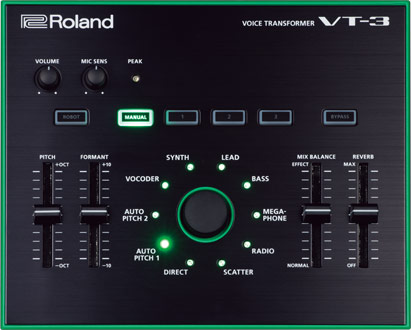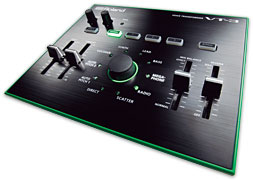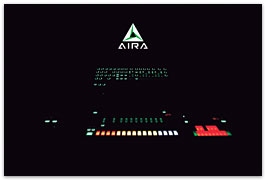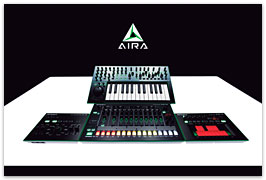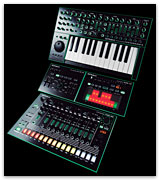VT-3: Voice Transformer
Gallery
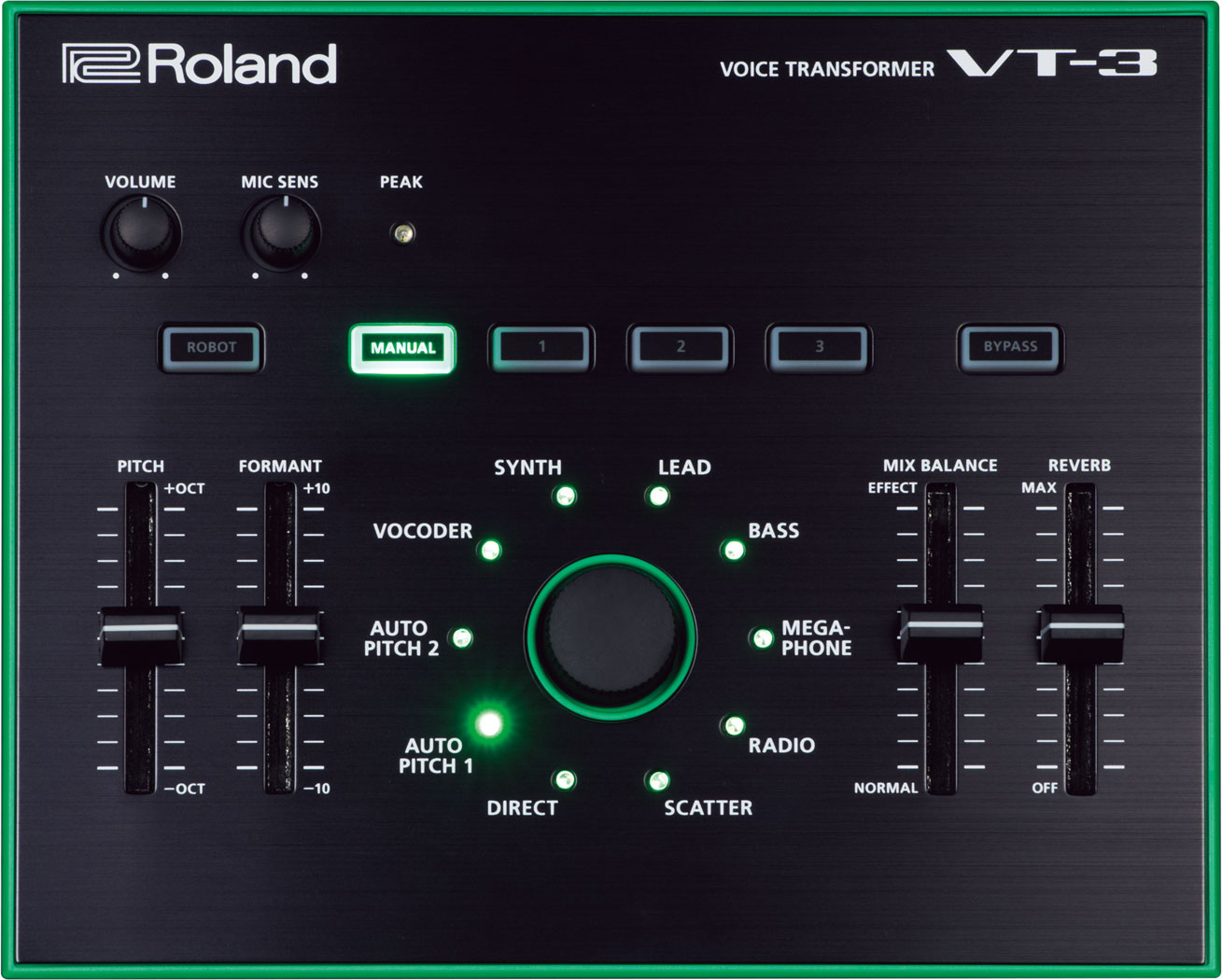
Videos
AIRA Introduction
With roots in the very origins of electronic music, AIRA is the new series of products designed to meet the evolving needs of today's electronic musicians.
Movement Detroit 2015
The Roland AIRA crew headed to Movement in Detroit - a city integral to the history of electronic music and to our history as a company.
VT-3 Tutorial
A short tutorial on the VT-3 Voice Transformer.
AIRA in Miami
The Roland crew hit Miami Music Week with AIRA, and we thought we’d show you some of what happened. We shared AIRA with a lot of big artists, and, as you can see, it caused quite a stir and blew a lot of minds.
Movement Detroit 2014
The Roland AIRA crew headed to Movement in Detroit—a city integral to the history of electronic music and to our history as a company. AIRA gear was in lots of the performance rigs, keeping the music thumping and the crowds jumping.
Analog Circuit Behavior
Go behind the scenes and learn how Roland's newly developed Analog Circuit Behavior (ACB) faithfully captures the sound and feel of some our most revered classics.
Artists First Contact
Groundbreaking artists talk about their experiences with Roland instruments and make first contact with the AIRA gear.
Artist Interviews
Artists Arthur Baker, Ricardo Villalobos, Hardfloor, Netsky, Dr Meaker, A Guy Called Gerald and Boys Noize talk about their experiences with Roland instruments and discuss the joys and challenges of performing electronic music live.
TR-909 Rhythm Composer
Roland engineers discuss the technologies involved in getting the right sounds for the successor to the TR-808. The TR-909 Rhythm Composer evolved from the TR-808, adding digital samples and MIDI. House and Techno were born. Now the next step begins.
TR-808 Rhythm Machine
Roland Engineers discuss the initial concept of the TR-808 which was conceived and built in 1980. Although it was designed to create “backing tracks,” creative musicians started to use the Rhythm Machine as an instrument and music changed forever. Now the evolution begins again.
